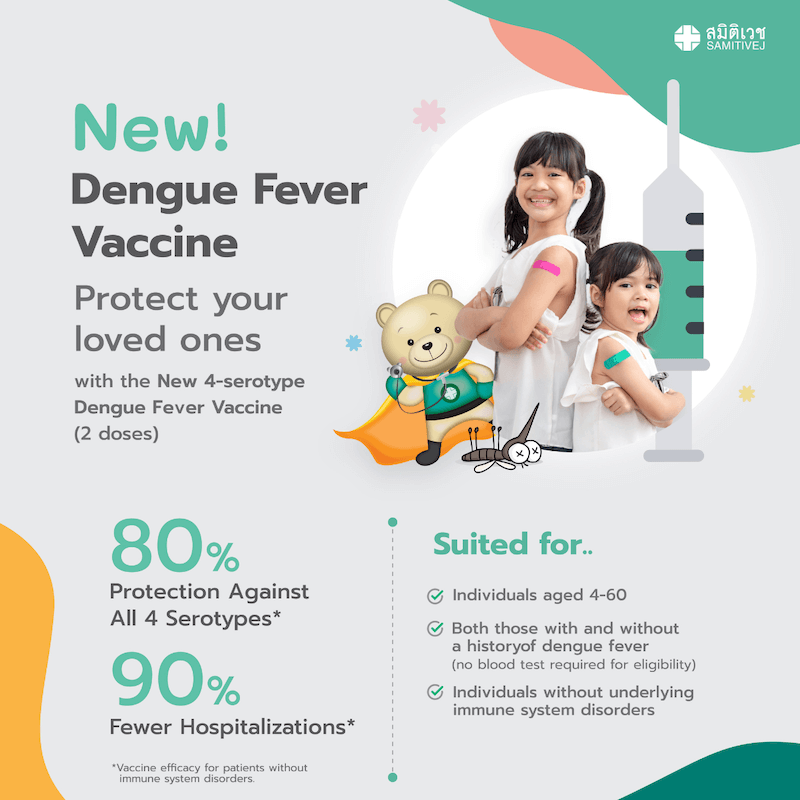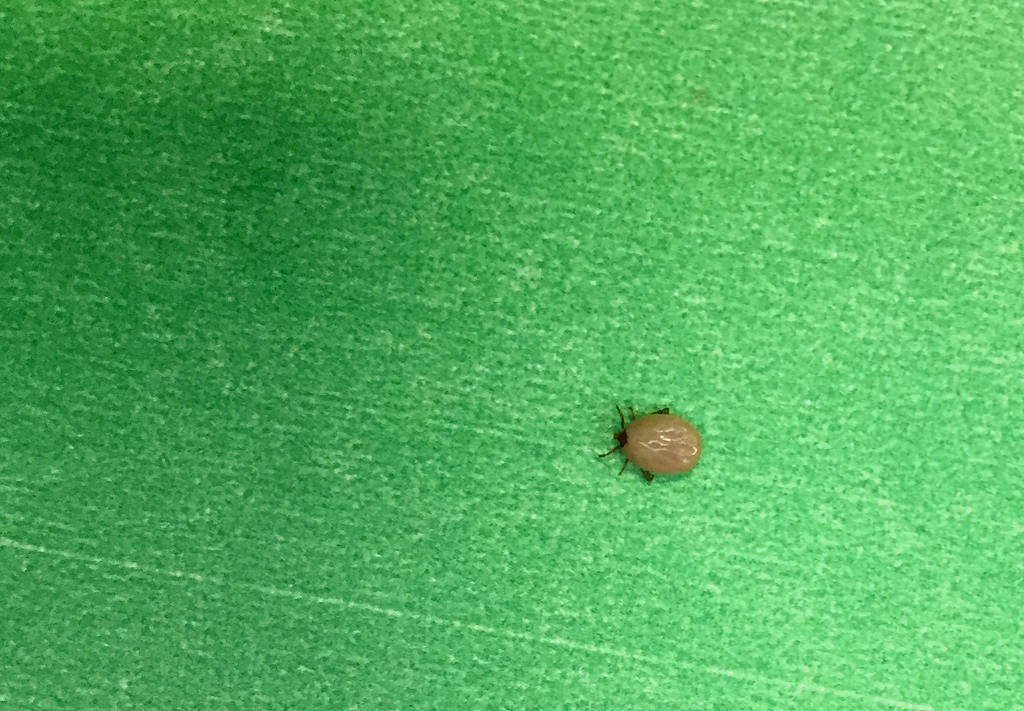Q: What are the risks of Lyme and other tick borne diseases in Thailand?
A: Although Lyme disease is more commonly found in certain parts of North and Eastern Asia, it’s still possible to contract the disease here in Southeast Asia, so it’s important to stay vigilant against tick bites when in areas that are known to harbor ticks of the genus Ixodes, which carry the Borrelia bacteria, the culprit for causing Lyme disease in mammals. In terms of other tick borne diseases, consider the temperature and environment of the areas to which you will be exposed when measuring the risks of coming into contact with the insects which usually prefer densely forested areas and high humidity.
One of the biggest sources of ticks and therefore tick-borne diseases in Thailand is due to the high population of stray dogs and cats that populate most of Southeast Asia. In addition to harbouring many different types of communicable diseases which can endanger other animals, these stray animals also put humans and other animals at risk for ticks and tick-borne diseases. This is an important factor to consider when coming into contact with street dogs or cats, because it is one of the most common ways that humans (especially children) may come into contact with tick-borne diseases.
Editor’s Note: This article is sponsored content from Bumrungrad International Hospital, originally part of the bi-monthly Ask a Doctor column. It is solely intended as general information that may be useful for parents.















